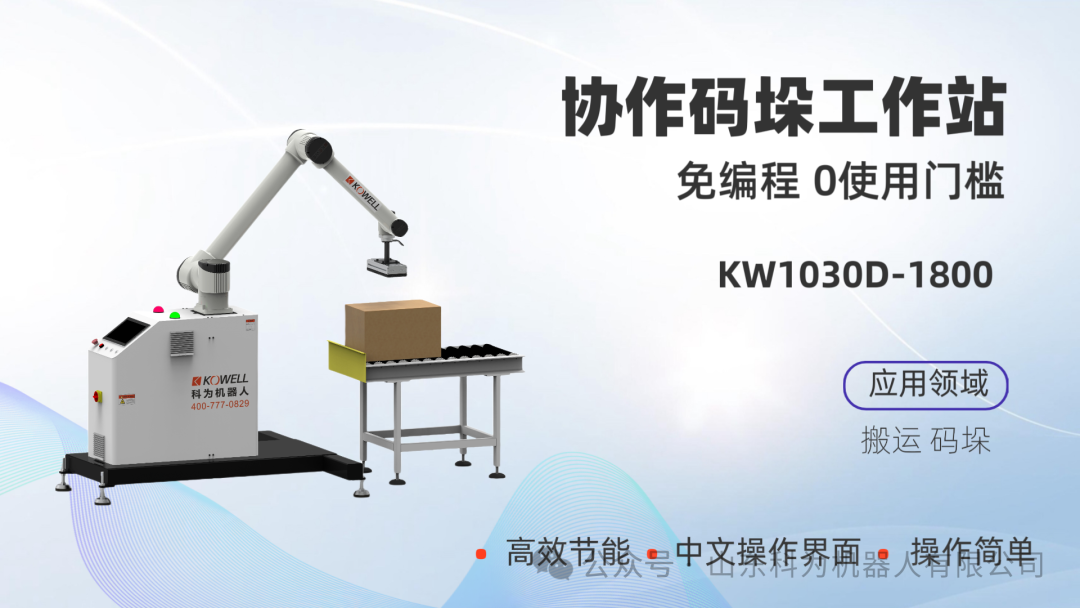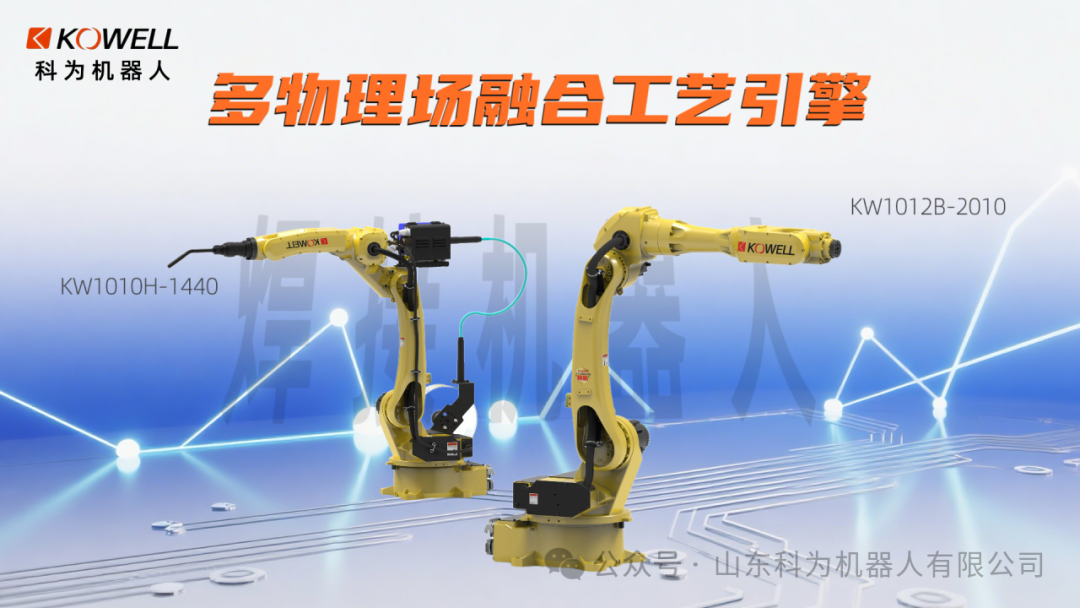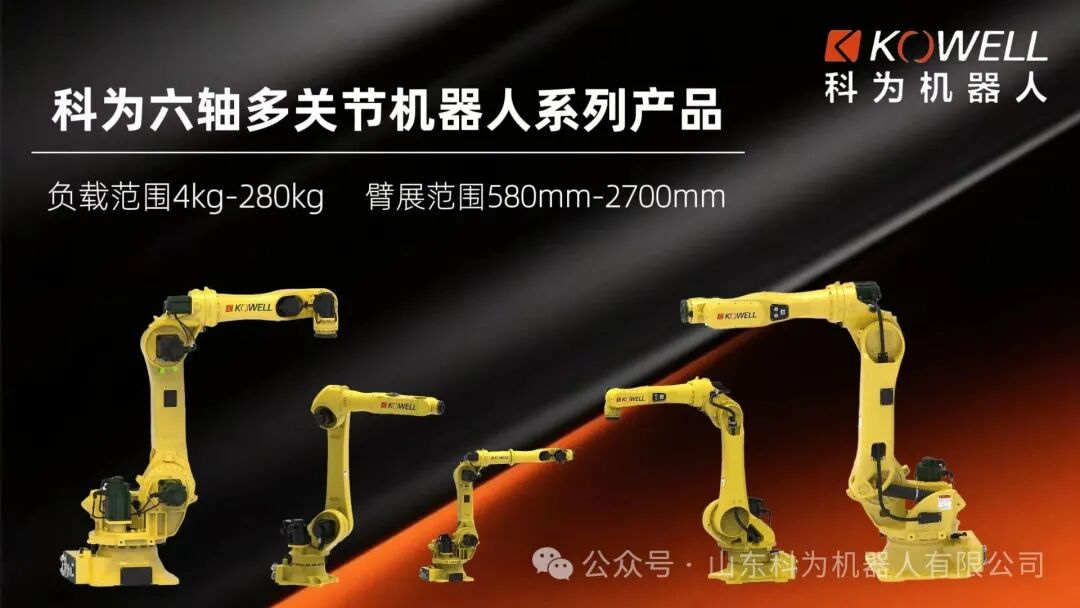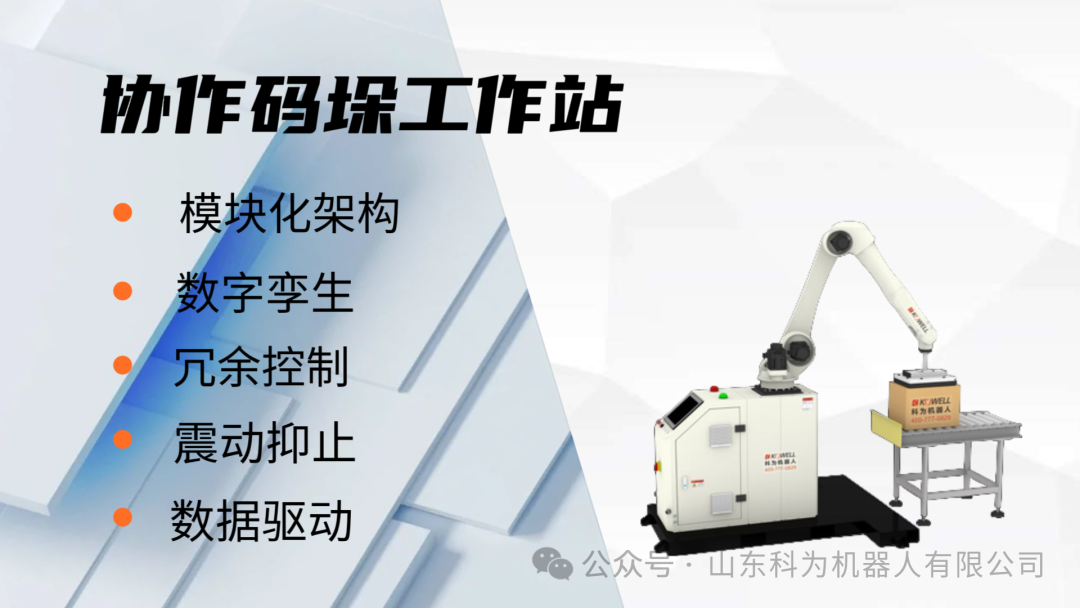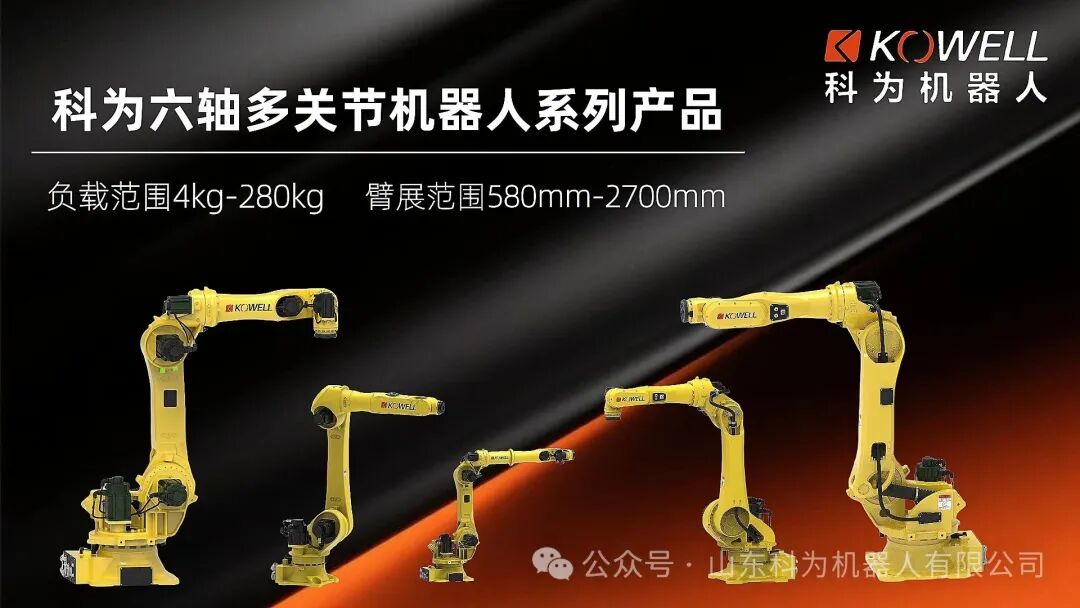When discussing flexible manufacturing, many companies' first reaction is still at the conceptual level of "flexible production line", "fast changeover", "small batch and multiple varieties", but the real implementation of flexible manufacturing is often not the problem of upper-level planning, but the execution unit at the production site. Collaborative multi-axis robotic arms are becoming the landing carrier of this flexible model. It is not only a substitute for operating actions, but also quietly taking over the control of the entire production rhythm.
Not just mechanical substitution, but also rhythm reconstruction
In the past, the rhythm control of the production line was a combination of "host computer + people".
The planning department schedules production, the dispatcher issues instructions, and the operator follows the beat - the multi-axis robotic arm was once considered to be just a tool for "physical outsourcing", repeating, accurately, and completing handling and palletizing according to the beat. This is the previous generation of automation logic: action substitution, but the control of rhythm is still in the hands of people.
But flexible manufacturing is not a simple action substitution, but to allow the manufacturing process to "actively adapt" to changes in demand. This means that the rhythm itself must also be flexible. The application of collaborative multi-axis robotic arms just cuts into this core - it not only completes physical actions, but also directly affects the combination, splitting and rescheduling of production rhythms.
In actual factory scenarios, whoever controls the handling and connection of materials controls the production rhythm.
Collaborative multi-axis robotic arms are transforming from simple executors to process metronomes.
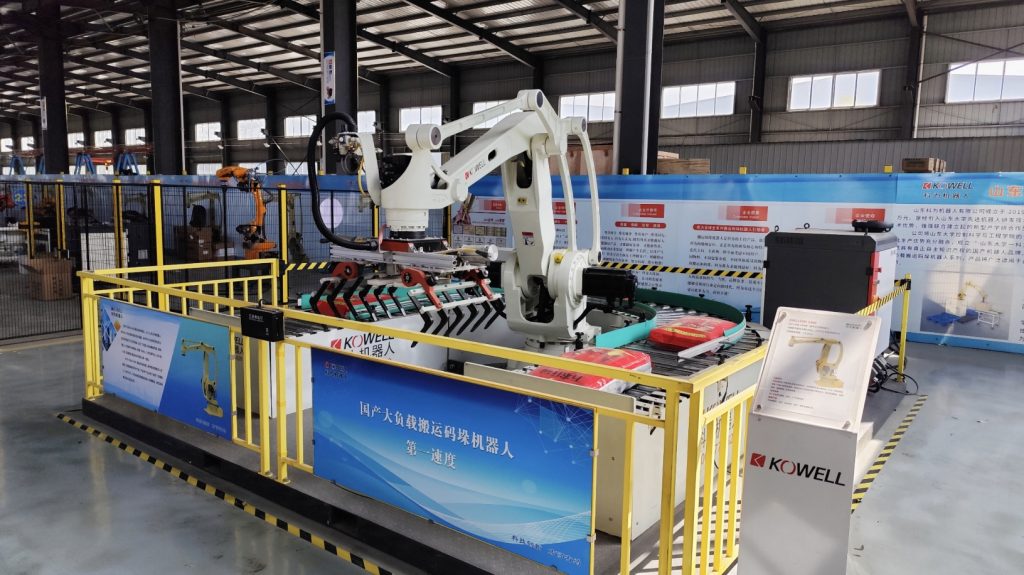
Why collaborative multi-axis robotic arms?
Flexible manufacturing requires two capabilities: multi-direction and multi-rhythm.
Traditional single-axis or fixed manipulators have a single action path and clear functional division, and can often only cope with standardized operations. However, collaborative multi-axis robotic arms can make more complex action combinations on spatial paths, supporting the connection and conversion between different workstations and different rhythms.
More importantly, the collaborative multi-axis robotic arm itself has the attribute of "adjustable rhythm unit". For example:
In a food packaging production line, in the past, handling and palletizing were fixed time windows, personnel coordinated with the rhythm, and buffer space must be reserved.
Now after the collaborative multi-axis robot arm is connected, the equipment automatically senses the upstream and downstream beats, dynamically adjusts the handling path and speed, the action changes, and the beat is also reconstructed.
The change behind this is not single-point automation, but collaborative optimization of the process.
The real challenge of flexible manufacturing: Who will coordinate the rhythm?
When most companies talk about "flexible production", they talk about the speed of changeover and order splitting, but ignore the underlying rhythm coordination problem.
When manufacturing becomes multi-variety, small batch, and dynamic switching, who will control the actual beat of the site?
Production management software can be planned, but the on-site execution unit must respond. The collaborative multi-axis robot arm happens to be the key node connecting management and the site.
It is no longer a simple handling robot arm, but an interface for real-time scheduling and execution.
It does not run with the beat, but dynamically adjusts the beat, and even dominates the beat.
It can change the production mode from "people cooperating with equipment" to "equipment self-coordination process".
This is the essence of flexible manufacturing: from process to action, all are scheduled online.
The choice of the enterprise: should the robot arm continue to "work" or let it "schedule"?
The value of collaborative multi-axis robotic arms is not only handling and palletizing, but also the controller of on-site rhythm. This role change is driving the reconstruction of enterprise management logic.
If your factory still regards the robotic arm as an "automated equipment", it will always be just a hand that replaces manpower.
If you regard the collaborative multi-axis robotic arm as a beat unit and let it participate in the adjustment of rhythm and the arrangement of production processes, it is the interface layer of the manufacturing system.
The core of flexible manufacturing is not how many equipment to add, but to give control to more flexible units.
Conclusion: The rewriting of manufacturing logic is starting with collaborative multi-axis robotic arms
Today, the core of manufacturing competition is no longer production capacity, but response speed and adjustment ability. Collaborative multi-axis robotic arms are becoming the key landing unit of this transformation.
Whoever can master the on-site rhythm can take the initiative in manufacturing competition.
The future of manufacturing is not about more equipment, but more accurate rhythm.

Kewei Wishes You a Merry Christmas!
2025-12-25
Online Consultation
Hello, the current customer service is offline. You can leave your contact information and the staff will respond to you as soon as possible!


